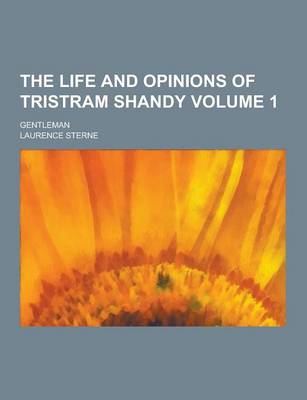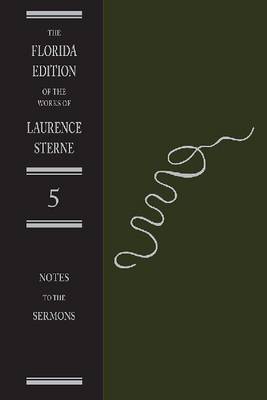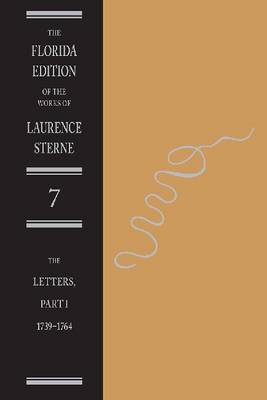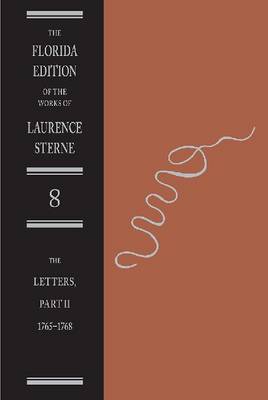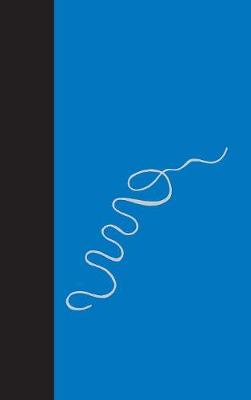Florida Edition of the Works of Laurence Sterne
7 total works
The Life and Opinions of Tristram Shandy; Gentleman Volume 1
by Laurence Sterne
This two-volume scholarly edition of Laurence Sterne's 45 sermons is the first complete reprinting of the text of the sermons since the Shakespeare Head edition in 1927 and the first annotated edition ever. The introduction and notes demonstrate Sterne's method of composing sermons and indicate, wherever possible, the relationship between the sermons and Sterne's fiction and other writing. In addition, the annotation provides numerous connections between the sermons and Tristram Shandy and A Sentimental Journey.
Melvyn New's long and illuminating introduction outlines the main elements of late 17th- and early 18th-century Anglicanism and explores how this theological perspective informed Sterne's message in the pulpit. The work includes four categories of annotations: Sterne's sources, his theology, his other writings, and his clerical and private life.
As with the Florida edition of Tristram Shandy, this will be the edition that scholars will need to consult. Ecclesiastical and intellectual historians, as well as library scholars interested in the eighteenth century, will find this work of great usefulness.
Melvyn New, professor of English at the University of Florida, has been writing on Laurence Sterne for more than 25 years. He is coeditor, with Joan New, of the Florida edition of Tristram Shandy, volumes 1 and 2: The Text (1978); and coeditor of Tristram Shandy, volume 3: The Notes (1984). He is the author of Laurence Sterne as Satirist (UPF, 1969); Telling New Lies: Seven Essays in Fiction, Past and Present (UPF, 1992); and Tristram Shandy: A Book for Free Spirits (1994).

